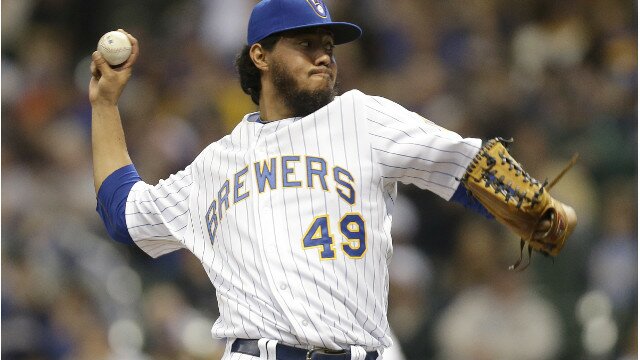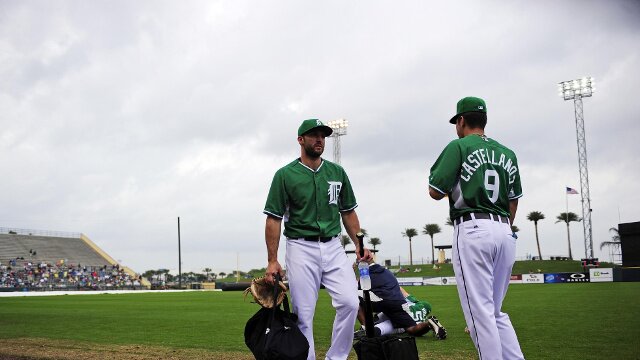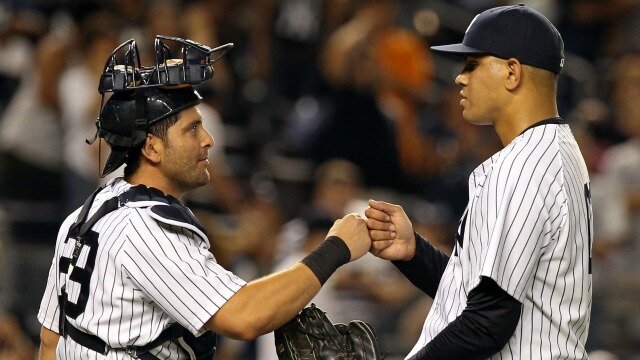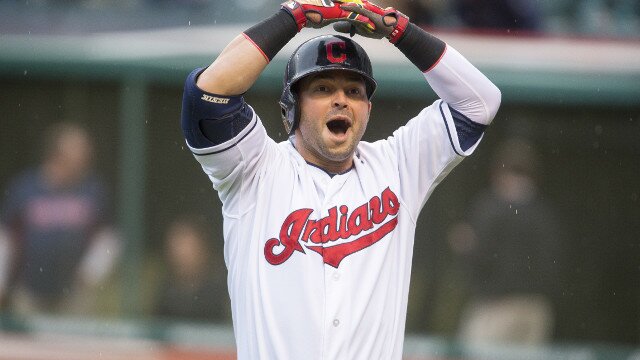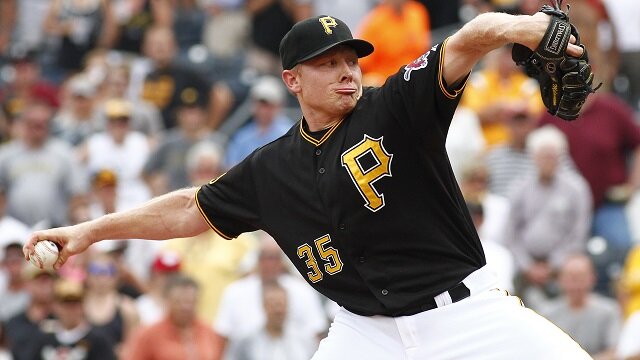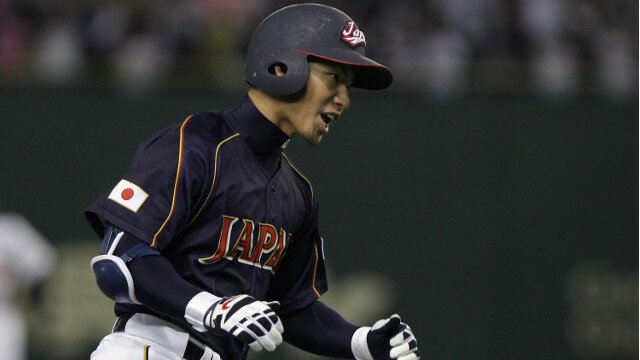Moving To First Base Will Save Pittsburgh Pirates’ Pedro Alvarez
Back in 2013, the Pittsburgh Pirates embarked upon a magical journey, clinching their first playoff berth since 1992 and later defeating the Cincinnati Reds in the NL Wild Card game. A big part of that team’s offense was third baseman Pedro Alvarez.
Fresh off a 30-homer season in 2012, Alvarez set a new career-high with 36 long balls in 2013, which tied Paul Goldschmidt of the Arizona Diamondbacks for the NL home run crown. He also slashed .233/.296/.473 with a 112 wRC+ and a .330 wOBA. Having amassed an ISO of .240 and a K rate of 30.3 percent that season, it goes without saying that the lefty-swinging Alvarez fits the description of an all-or-nothing slugger.
Unfortunately for Alvarez, however, he was unable to build off of that success in 2014. While the Pirates had another successful run, going 88-74 and finding their way to the NL Wild Card game yet again, Alvarez was not as big of a force on last year’s club. He slashed only .231/.312/.405 with a 103 wRC+ and a .316 wOBA. His ISO fell to a three-year low of .173, and his home run total shrank to 18.
Ignoring a rather abysmal sophomore season of 2011 when he played in only 74 games, Alvarez’s slugging percentage (.405), OPS (.717) and OPS+ (102) were each career-lows. He also continued to have poor luck on balls in play in 2014, posting a .277 BABIP, which was actually up a point from 2013.
At the end of the day, Alvarez went from being a 3.1 fWAR player in 2013 to wallowing in negative value territory last season, finishing the year with a mark of -0.2 fWAR. So what exactly happened?
Well, perhaps it is worth noting that for as frustrating as Alvarez’s 2014 campaign may have seemed, there were actually a few positives. As a matter of fact, there may be plenty of evidence to suggest that his bat should still be in fine shape going forward.
For starters, Alvarez did actually seem to have a better eye in 2014 as he managed to walk a career-high 10.1 percent of the time. His strikeout rate was also down at 25.4 percent, and his swinging strike rate of 13.6 was lower than his 2013 mark of 16.4 percent and identical to his 2012 rate. His contract rate of 71.0 percent was surprisingly up as well. According to PITCHf/x Plate Discipline, he made more contract than ever on balls outside of the zone at 51.8 percent, which was up 10.7 points from 2013.
At first glance, one might have to wonder if making more contact and cutting back on his strikeouts came at the expense of some of his power. That said, even though his home run total was cut in half when compared to 2013, the homers he did hit were still sailing just as far as ever. According to ESPN’s home run tracker, Alvarez’s home runs were traveling an average true distance of 411.5 feet last season, which was up from 407.6 feet in 2013 and 407.9 feet in 2012.
It should also be noted that Alvarez’s season ended prematurely due to a stress fracture in his foot, meaning he should have easily crossed the 20-home run benchmark had he been able to stay healthy during the final month of the season.
It is interesting to note, though, that Alvarez’s fly ball rate of 38.9 percent was his highest mark since 2010, and his HR/FB of 16.2 was a three-year low, so that will indeed be an interesting trend to watch. Furthermore, his infield fly ball rate of 9.0 percent was his highest mark since 2011 and his line drive rate was only 15.8 percent, which does suggest that the contact he was making was not always solid. Nevertheless, a bounce-back season with the bat certainly seems plausible if the only issue is weak contact.
Alvarez’s defense at the hot corner, on the other hand, raised quite a few red flags last season. In 2013, Alvarez played a respectable third base, putting up a nearly league average UZR/150 of -0.4 with three DRS, but his UZR/150 plummeted to -19.0 in 2014 with -5 DRS. Among all MLB third basemen who logged a minimum of 800 innings, only Nick Castellanos of the Detroit Tigers had a worse UZR/150 at -19.1.
Alvarez’s RngR also took a turn for the worse, going from 5.5 in 2013 to -3.0 in 2014. The biggest issue, however, seemed to be his arm as he committed an eye-popping 24 throwing errors.
As a result of his defensive woes at the hot corner, Alvarez began to play a little bit of first base down the stretch last season, logging a total of five games over there. Now that the Bucs and Ike Davis have parted ways, the coast is clear for Alvarez to be the everyday first baseman in 2015, which appears to be the plan as of right now.
While Alvarez posted a -27.0 UZR/150 in his brief time at first base in 2014 and likely has plenty of work to do at his new position, the move should benefit both him as well as the Pirates. With two full seasons left until he is eligible for free agency, the move to first may help him reestablish his value as well.
As a result of being a low-average, high-power corner infielder, Alvarez is sometimes likened to Carlos Pena or a left-handed swinging version of Mark Reynolds. However, one could also perhaps juxtapose him with Edwin Encarnacion of the Toronto Blue Jays due to their defensive deficiencies at the hot corner.
Despite hitting 26 home runs for the Reds back in 2008, Encarnacion is somewhat of a late bloomer. He has truly taken his game to new heights over the past three seasons, mirroring the evolution of his teammate Jose Bautista to a certain extent. In the case of Encarnacion, however, it is interesting to note that his improvements at the plate coincided with a move off of third base.
In 2011, Encarnacion saw a lot of time in the DH spot and divided time between first and third base in the field. However, he posted a -34.2 UZR/150 at the hot corner, showing that he was far from an ideal option at that position. His offense also suffered when playing third, hitting just .213 with three home runs, compared to .298 with 14 homers as a DH/first baseman.
Then in 2012, while Encarnacion did see a little bit of time at third and in left field, he essentially became a full-time DH/first baseman and broke out with a 42-homer campaign.He has gone on to average 35 home runs in the two seasons since as well. One has to wonder if part of that can be explained by the fact that he has only played in 11 games at third base since the beginning of the 2012 season.
Sometimes a position change can simply do wonders for the mental part of a player’s game. It is not uncommon for a hitter to take their defensive struggles into the batter’s box, and perhaps moving to first base will help to take that out of the equation for Alvarez. Although it was admittedly an extremely small sample size, Alvarez hit three home runs while putting up a 199 wRC+ and a .529 ISO in the time he spent at first base in 2014.
Perhaps that was a signal that not having to worry about making the throw from third to first allowed him to relax and focus more on the offensive part of his game. Set to enter his age-28 season, Alvarez is still at the front end of his prime years. Considering the power potential that he can bring to the table in addition to the fact that power is in short supply, the Pirates need to find the best way to get the most out of him.
If the evidence suggests that moving him to first base is their best bet to unlock his 30-home run potential that he has already proven to have, then it would obviously be the right move. He has the ability to be an imposing left-handed complementary piece to Andrew McCutchen in the middle of Pittsburgh’s batting order.
It is also interesting to note that Steamer is relatively high on Alvarez heading into 2015, projecting him at a .242/.317/.448 triple-slash with 26 homers and a 115 wRC+ in a 1.8 fWAR campaign. Going off of this projection, it seems to be implied that the improved discipline that Alvarez showed at the plate in 2014 is expected to continue. In addition to the enhanced .317 OBP, he is also projected to have a .333 wOBA, which would ultimately turn out to be a three-year high and his best mark since 2012.
One element of Alvarez’s game that he will undoubtedly need to work on, though, is hitting left-handers as he is slashing just .196/.267/.321 against southpaws over his career. If Corey Hart can regain some of the power he had with the Milwaukee Brewers, perhaps signing him will turn out to be a good move as he could spell Alvarez against tough lefties.
But if Alvarez can indeed rediscover the form he had from 2012-2013, it would truly be a blessing for the Pirates as they would finally have a formidable, run-producing threat at first base, which is something that they have lacked since becoming contenders once again in 2013.
Using a revolving door of Alvarez, Davis, Travis Ishikawa, Gaby Sanchez, Clint Barmes, Andrew Lambo and Brent Morel, the Pirates produced a lowly .226 batting average out of the first base position in 2014. The also managed a mere 97 wRC+ and a .308 wOBA, setting the bar rather low for Alvarez to provide an upgrade. It would also be interesting to see what Alvarez returning to form could do for the Pirates chances to contend in 2015.
For the Pirates, losing a veteran leader like Russell Martin and a starter like Edinson Volquez will obviously sting, but the Pirates could have a feared lineup with McCutchen, Alvarez, Gregory Polanco, Starling Marte and Neil Walker. Re-signing Francisco Liriano should obviously help bolster the rotation as well, especially if he can give them another campaign like the one he had in 2013.
If the stars can indeed line up, it wouldn’t be too surprising to see the Pirates in the NL Central mix for the third consecutive season in 2015. A certain part of that, however, can be expected to hinge on Alvarez’s left-handed power-bat.
All statistics courtesy of Fangraphs, Baseball Reference and ESPN.com.
Brad Faber is a Detroit Tigers writer and Sabermetrics columnist for www.RantSports.com. Follow him on Twitter @Brad_Faber, “Like” him on Facebook or add him to your network on LinkedIn or Google.
Police Called To Airport To Calm Down Sabathia
The New York Yankees' starting pitcher was unable to board his flight to Jamaica on time. Sabathia lost his cool and the police were called to the airport to calm him down. Read More
5 Player Miwaukee Brewers Could Still Trade
The Milwaukee Brewers have not done much this offseason, but here are five players they still could part with this offseason. Read More
Bell Could End Up Being A Steal For Nationals
Heath Bell has struggled the past three seasons, but he can still be a useful reliever for the Washington Nationals, and here is why. Read More
Magic of Derek Jeter Lives in Pinstripe Bowl
When Sam Ficken played the hero for Penn State in the Pinstripe Bowl, he was helped along by the person who shared his locker during the Yankees' season. Read More
Tigers' Top 5 Pitching Prospects Going Into 2015
Here are the Detroit Tigers top five pitching prospects heading into 2015. Read More
Matt Cain Is San Francisco Giants' X-Factor
The San Francisco Giants need Matt Cain to rekindle past success if they're going to contend for the NL West title in 2015. Read More
Cervelli Should be Pirates' Starting Catcher
Find out why the Pittsburgh Pirates should start Cervelli over Chris Stewart and Tony Sanchez. Read More
Milwaukee Brewers Must Avoid Nick Swisher
Despite recent rumors, the Milwaukee Brewers should not trade for Nick Swisher. Read More
Pirates Should Trade Mark Melancon
The Pittsburgh Pirates have one of the top closers in all of baseball, but they should look to trade Mark Melancon for a king's ransom. Read More
Toronto Blue Jays Need Takashi Toritani
The Toronto Blue Jays' lineup is stacked everywhere but at second base. If they can bring in Takashi Toritani, they will be loaded from top to bottom. Read More
Detroit Tigers Need Strong 2015 From Ian Kinsler
Find out why the Detroit Tigers need another good season from 2B Ian Kinsler In 2015. Read More
Houston Astros' Top 5 Pitching Prospects
The Houston Astros' farm system is absolutely loaded with talent. Here are five pitching prospects who could make an impact in 2015. Read More
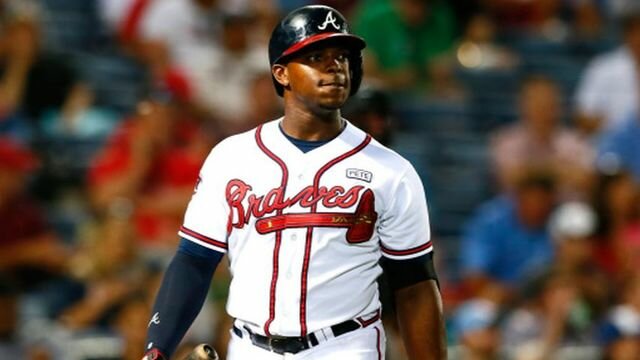
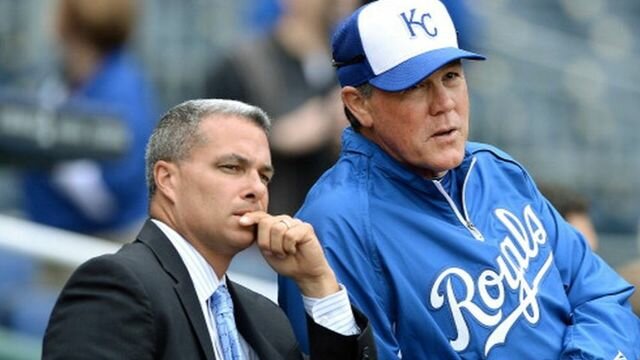
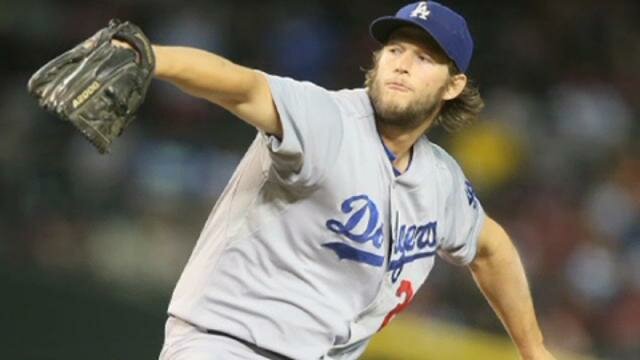
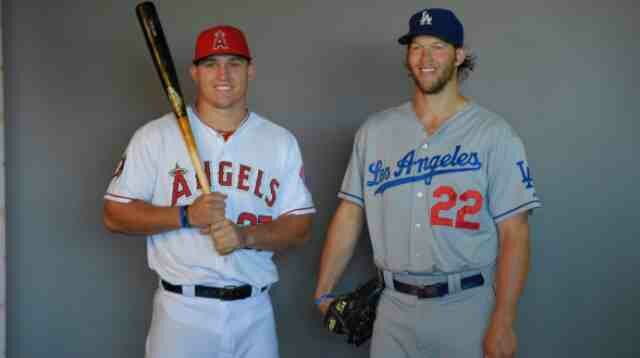
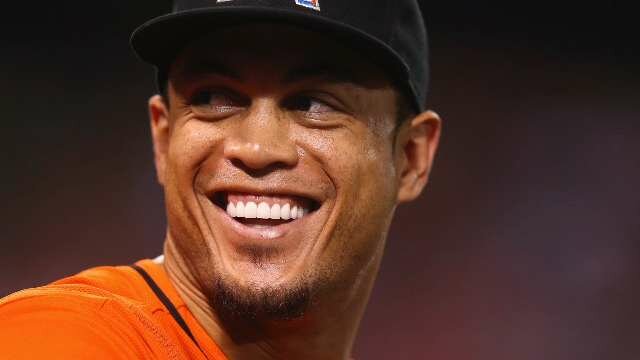
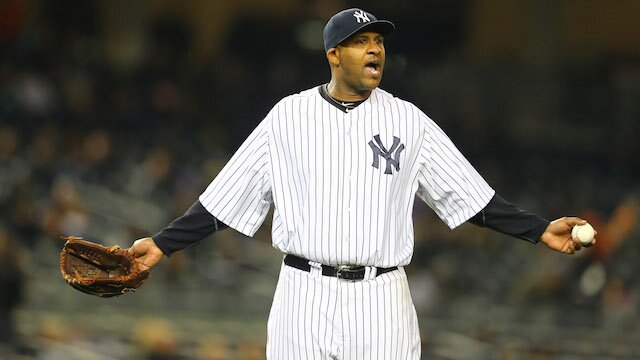

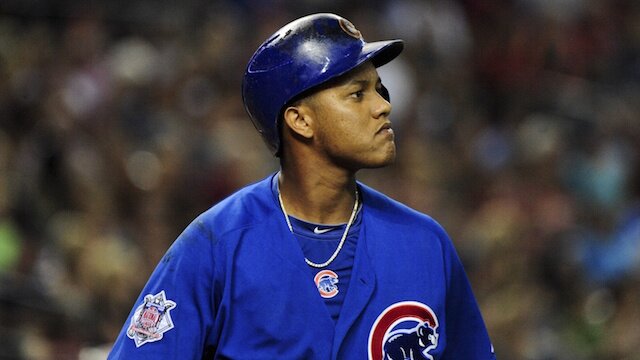
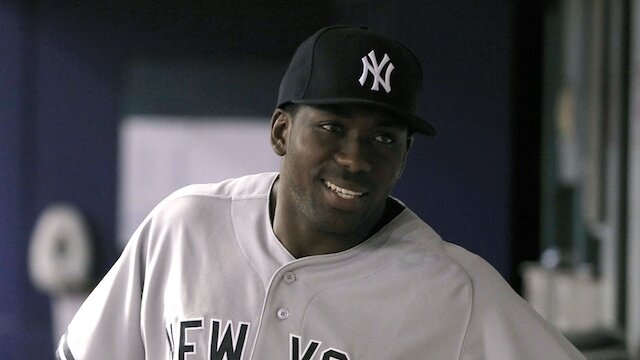
 @Brad_Faber
@Brad_Faber 





